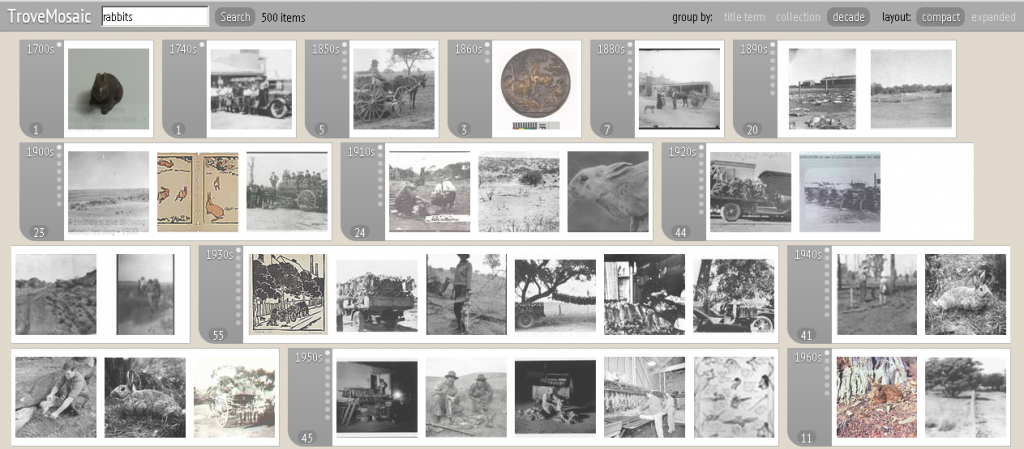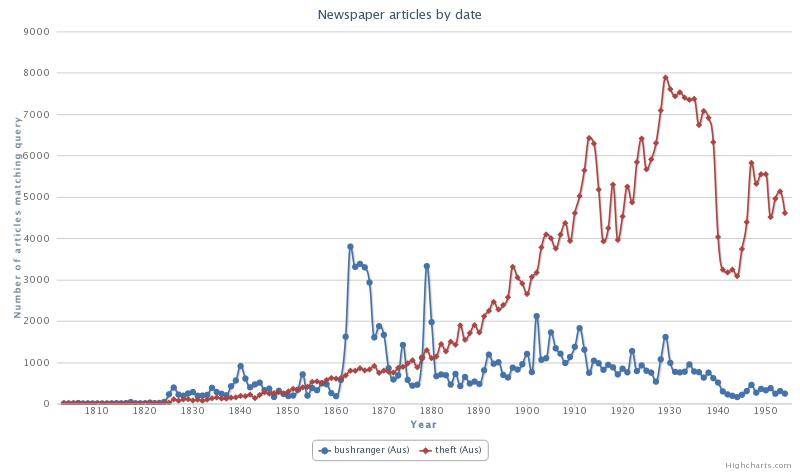Studying the news and gaining perspective on an incident or event from another person’s point of view is a valuable learning experience. Whether it be politics or sport, it is possible to help students see through another set of eyes by reading the news as it is presented in another country. Here are some useful tools for the purpose:
Read news from a local perspective with links to more than 10,000 newspapers in over 130 countries. Beautifully visual, simply to select a newspaper from its location on a world map and read it with the assistance of Google Translate. Excellent for foreign language students and for anyone seeking to gain an understanding of the culture of another country. See how nuclear energy features in European newspapers, for instance, compared to Australian newspapers.
Newseum displays the front pages of more than 2,000 newspapers worldwide on its website each day. They are in their original, unedited form. Access by gallery, list or location on a world map. Functionality on the site is quite granular with the ability to sort by world region, then name of paper or country. Translate function is accessible by using the link to website and using Google Translate.
A beautifully clean and fast site, OnlineNewspapers.com also includes online magazines with links to free worldwide magazines on a broad range of subjects. Newspaper websites can be searched by country or region and are very quickly retrieved. A few dead links seems to indicate a lack of maintenance on the site but it’s still a very useful resource.
Organised as a basic database, the user starts at the international and regional level, drills down to country level, then can use the city index to locate a specific newspaper. Less visual than other sites, it is still easy to use and reveals an amazing range of world news.
Newspapers are under attack with the rise of blogging and alternative news tools but they are still an effective tool for expanding a student’s perspective and providing opportunities for discussion. Take time to explore.



